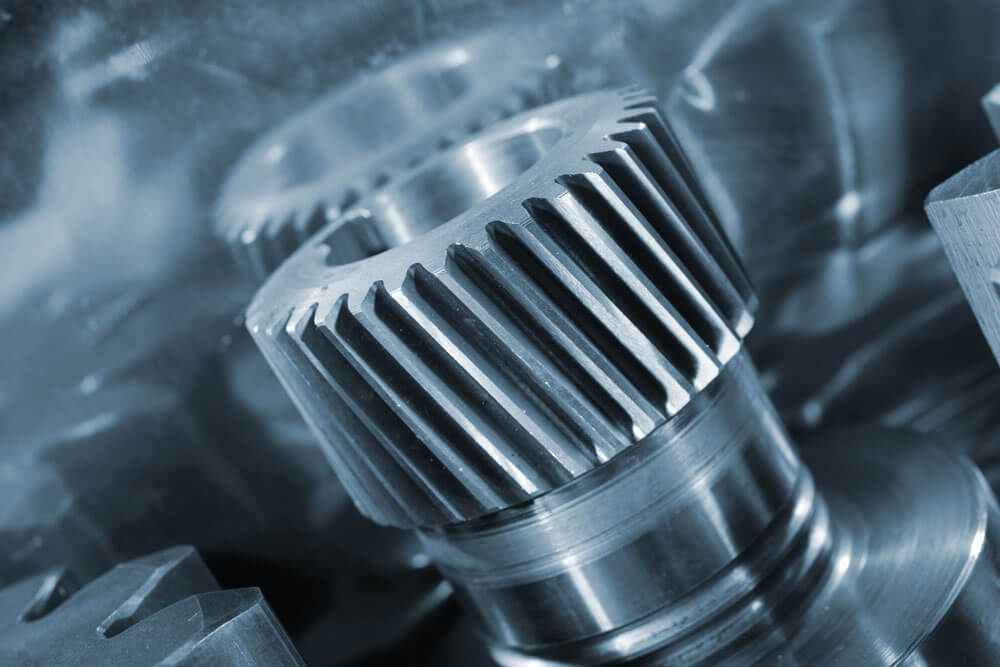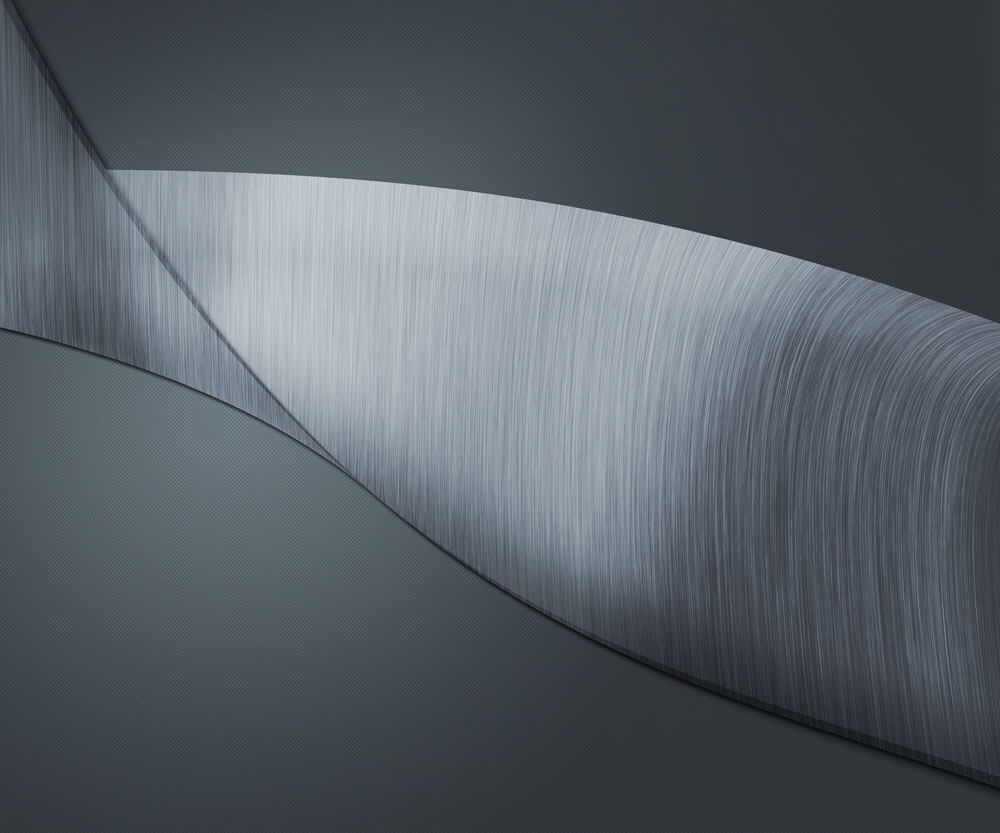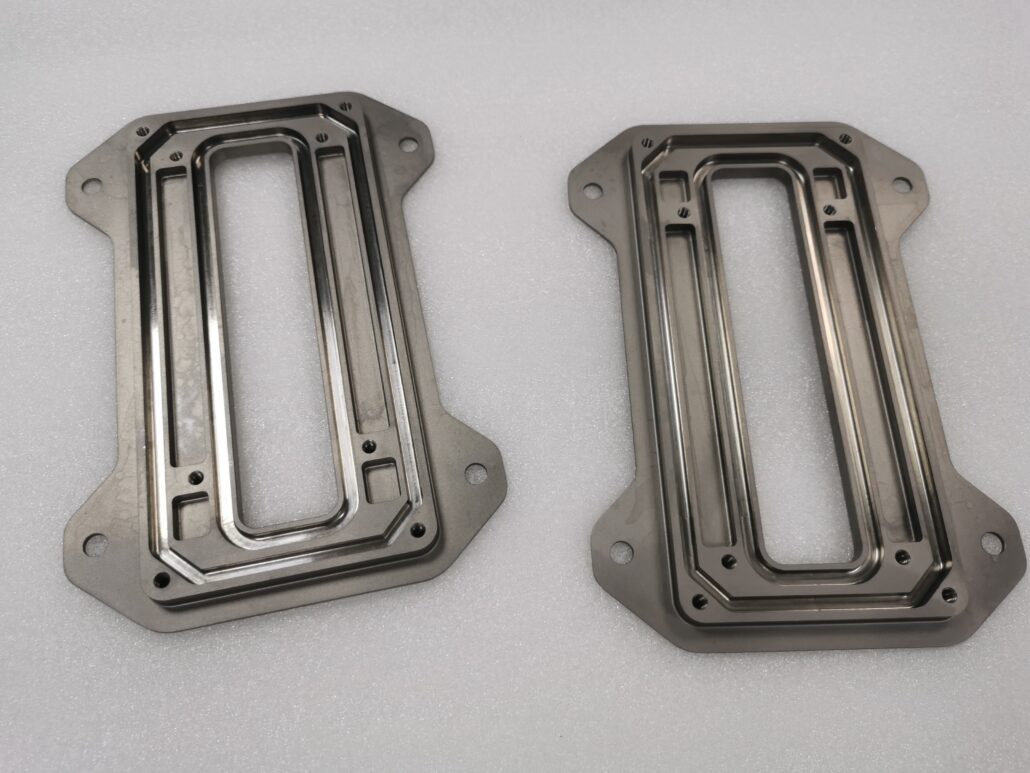Titanium CNC Machining Guide
Updated: May 11, 2024
In the world of the machining industry, Titanium is known for its stiffness and strong oxidation resistance combined with the ability to alloy. This material is widely used in aerospace, medical, automotive, and so on.
When comes to machine titanium, it is hard to work with standard methods. CNC machining and 3d printing are two available solutions. In this post, we will offer the ultimate guide for CNC machining titanium.
1. What is Titanium?
Titanium is a material that has high tensile strength and is difficult to erode. It is typically blue-gray and can be strengthened by annealing it. Titanium was the 18th element to be discovered and it is named after the Titans of Greek mythology.
Today, titanium metal is usually measured in metric tons, but older units like pounds and ounces are still used.
Titanium is a very versatile metal with unique properties in that it’s both strong and lightweight compared to most other metals worldwide. It is an element commonly used to make alloys despite its high price.
However, it’s not nearly as widely used today as aluminum, steel, or even copper. It has some essential qualities that make it attractive for specific applications.
Titanium isn’t just lighter and stronger than other metals but also more heat-resistant and corrosion-resistant than them. It’s also resistant to wear and tear on moving parts because of its oxidative stability.
It’s durable and can be shaped or cut to various specifications, from jewelry production to bicycle frames. Scientists and engineers commonly use it as an alloy material because it does not rust easily.
Except for small quantities taken from Earth’s crust, you can’t find Titanium naturally on Earth – it has to be created.

2. Why do we need to use Titanium?
Titanium is an engineering metal that has become increasingly popular in high-performance applications. These applications demand lightweight, increased strength, corrosion resistance, and durability or hardness.
A jeweler might place a titanium ring on the wearer’s finger because it is not only lustrous and strong but doesn’t irritate their finger like some precious metals might.
Titanium is an excellent metal choice for the manufacturing sector. It has a much higher fatigue life and melting point, making it the perfect alloy for different types of aerospace, military, chemical processing, and other industries.
Titanium can resist extreme temperatures without degrading or turning brittle. Here are some other notable reasons why people use Titanium.
Uniform property
Titanium may have more preferable material properties than regular steel also acts flexibly and is not as stiff as other metals. This requires a good grip of the titanium parts and a machine configuration as rigid as possible.
Other factors include avoiding interrupted cuts and keeping the moving tool in contact with the workpiece at all times. Stopping in a drilled hole or stopping a tool near a profiled wall will cause the tool to rub, creating excess heat, hardening the material, and causing premature tool wear.
Heat generation
When selecting speeds and feeds, You must consider heat generation. Although commercially pure titanium generation is softer and more rubbery than most of its alloys, adding alloying elements generally increases the hardness of Titanium. Raises concerns about the heat generated and tool wear.
Maintaining a load of higher chips and avoiding unnecessary friction facilitate the performance of the tool’s more complex titanium alloys and reduce the amount of work hardening the product.
Choosing a lower rpm, coupled with a load of higher chips, can significantly reduce temperature compared to higher speed options. Due to its low conductivity properties, keeping temperatures to a minimum will put less stress on the tool and reduce wear.
High-pressure coolant is also an effective method of reducing heat generation when machining titanium.
Galling and built-up edge
When selecting speeds and feeds, You must consider heat generation. Although commercially pure titanium generation softer and more rubbery than most of its alloys, the addition of alloying elements generally increases the hardness of Titanium. Raises concerns about the heat generated and tool wear.
Maintaining a load of higher chips and avoiding unnecessary friction facilitate the performance of the tool’s more complex titanium alloys and reduce the amount of work hardening the product.
Choosing a lower rpm, coupled with a load of higher chips, can significantly reduce temperature compared to higher speed options.
Due to its low conductivity properties, keeping temperatures to a minimum will put less stress on the tool and reduce wear. High-pressure coolant is also an effective method of reducing heat generation when machining titanium.

3. Why use Titanium in CNC machining
1. Titanium is lightweight, strong, corrosion-resistant, and an attractive metal which makes it perfect for luxurious car parts. Titanium has a higher tolerance to heat so it can be used in thermal cycling without becoming brittle.
The high melting point means titanium processing won’t cause overheating or sparking either.
2. Titanium is a solid and durable metal with properties like lightweight and biocompatibility. Because of its high strength-to-weight ratio, these factors make it a fantastic choice for cooling systems, pelvic implant doctors, and hand tools.
Titanium isn’t easy to machine the way aluminum is. Still, it can be done using specialized processes such as friction stir engineering (FSE) that heat the material’s surface area until the end mill starts cutting into the metal.
Temperature also impacts how well titanium can be machined, so adding coolant adds to both surface finishing and tool life.
3. the only aluminum-wealth metal can be polished to a bright, anodized surface. Secondly, it is the only metal that matches the properties of aluminum without its disadvantages—it replaces aluminum’s natural reaction with water with an inert response to water.
With these two benefits, there should be no need for other CNC titanium machining.
4. Tips you need to know when machining titanium
Being inexperienced with titanium machining is no excuse for not reducing the process risk. Whether recovering from an inspection failure or seeking production improvements, applying the best practices to your titanium machining processes is vital before encountering problems.
Here are a few of the most important tips to remember when machining titanium.
1. You want to start with a sharp cutter because titanium is a rigid material to drill. You’re going to need a lot of water, coolant, and cutting fluid because the brazed carbide will erode quickly.
2. Always match the feed rate and material thickness with machine power.
3. Tool dressing or grinding can be done at any point in the manufacturing process but is recommended at the onset to ensure accurate results.
4. Choose a proper protective shield for your machine because it is possible for titanium dust to get into your eyes and cause irritation.
5. Consider the material’s surface area. Titanium’s surface area can make it drift more than most metals and make it more prone to oxidation and decreased cutting depths. Choose the tool with an aggressive design and ensure that your tool path allows increased build-up and back and sidewall cut allowance.
5. Why machining of titanium is challenging?
Machining titanium is challenging for many reasons. Few lathes can cut this material, and the dust generated by machining can be hazardous. Machining titanium is complex for other reasons, including oxidation, depletion of tungsten, torsion loads on the workpiece, induction hardening, etc.
The CNC machining of titanium is also challenging because titanium has a low melting point and can be damaged by excessive heat. For the best results from the process, having a good definition drawing to program the drill before machining starts accurately is best.

6. Available surface finishes for machined titanium
Titanium is an element that is resistant to corrosion and has a low weight. The surface of the metal can be treated with various finishes to make it more resistant to rust or other types of damage.
The three most common surface treatments are oxide layers, hard coatings, and stabilizing coatings.
Oxide layer treatments are done with electrochemical conversion process (EPC) that forms an oxide layer on the surface which is then polished out by mechanical polishing.
Hard coatings are often used for titanium alloys that contain chromium, molybdenum, niobium, tantalum and vanadium because these elements form a stable oxide layer on its surface when exposed to air.
Finally, stabilizing coating treatments use a protective coating over the oxide layer that protects it from scratching or wearing off.
ECOREPRAP has rich experience in titanium cnc machining. Contact us for an accurate quotation now!
